
Types of Wool
If a product label contains information that it is made of wool, it usually refers to sheep’s wool by default. Wool obtained from other animals will have a label indicating its origin (e.g., camel wool or goat wool). The most valuable type of wool comes from sheep called merino. The most precious type is cashmere, which comes from cashmere goats.
There are three types of wool depending on the method of obtaining it. The highest-quality wool comes from shearing live animals and is labeled „pure live wool,” or „pure wool”.
Unique Features of Wool
One of the most valuable advantages of this material is its excellent thermal insulation. People used wool to make warm clothing for cold seasons, making it a preferred choice for winter sports enthusiasts. It also absorbs UV rays. The lanolin in sheep’s wool has antibacterial properties. Additionally, wool is hygroscopic, meaning it effectively wicks moisture away from the skin. It is wrinkle-resistant, slow to absorb water, and resistant to getting dirty. Moreover, it is naturally fire-resistant due to its high nitrogen and water content.


Quality vs. prices of Wool Fabrics
In production and trade, the rule is that the thinner the fiber, the higher the quality and price of the finished product. The most expensive wool ever sold at auction had a thickness of 11.8 microns and cost $3,000 per kilogram. The finest wool with a thickness of 15.5 microns is known as Ultrafine Merino.
History of Textiles in Poland
The Industrial Revolution that started in England in the 19th century also marked the beginning of the Polish textile industry. Large woolen factories in Kalisz, Sieradz, Ozorków, and Warsaw were among the first to emerge in the Congress Kingdom of Poland. Outside the Kingdom, the Bielsko region in Cieszyn Silesia became a significant center of the wool industry later on.
By 1806, the first wool spinning machine appeared in Bielsko. In 1820 the first steam engine in the Polish territories was installed in the textile industry. Around 1880, 350 mechanical and 2,000 hand looms worked in the Bielsko region. Small factories dominated, producing high-quality products („Bielsko fabric, English style”).
Polish wool products had good quality, allowing them to gain foreign markets. The development of the industrial centers has stopped by the beginning of World War II. Most factories didn’t work during the war. Some of them were destroyed. After 1945, the textile industry quickly recovered, but increasing competition, low-quality materials, and the centrally planned economy led to a gradual decline in the wool industry.
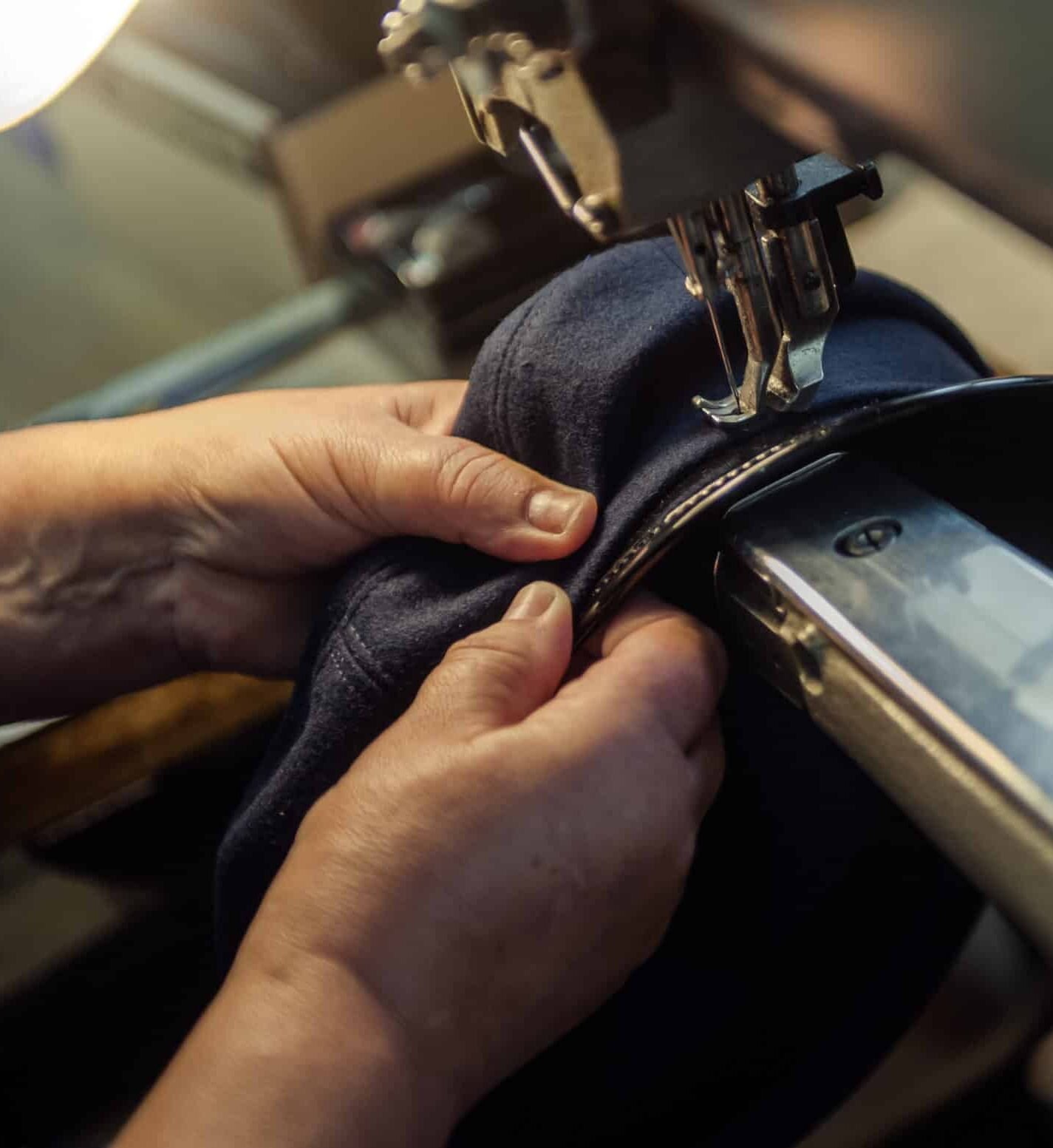

Wool Care
To keep the natural properties of wool it should be cared for properly. At home, gentle brushing with soft bristles and washing with mild detergents specifically designed for such materials are recommended. However, caps may have complex, multidimensional structures with outer fabric, lining, and internal stiffeners, each reacting differently to water. Therefore, stubborn stains require steam cleaning, or visiting professional dry cleaning services is advised.
Woolen Products in Sterkowski Offer
In our assortment, the dominant fabrics is woolen cloth.
As a trusted producer, we guarantee the highest quality. That’s why the caps from our family-run workshop are handmade, and we pay attention to every detail. The Sterkowski brand is recognizable worldwide, and customers love our products.


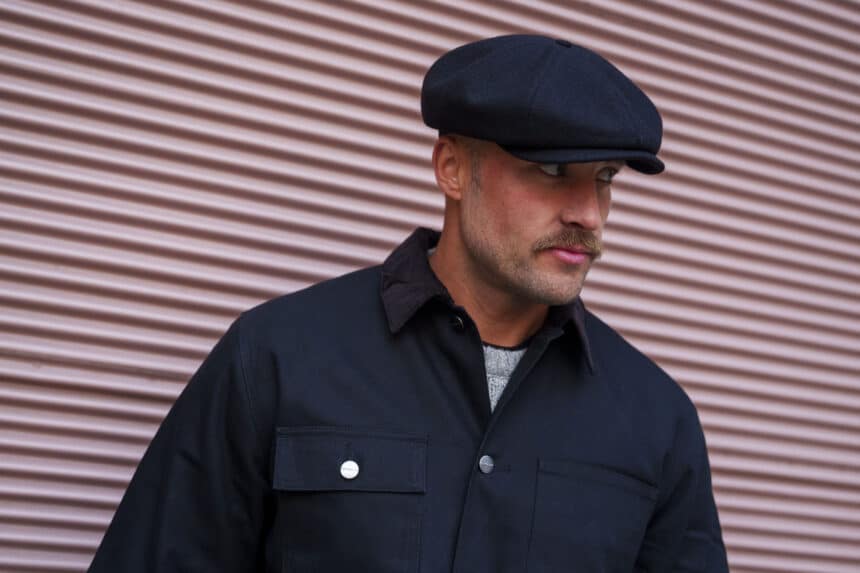
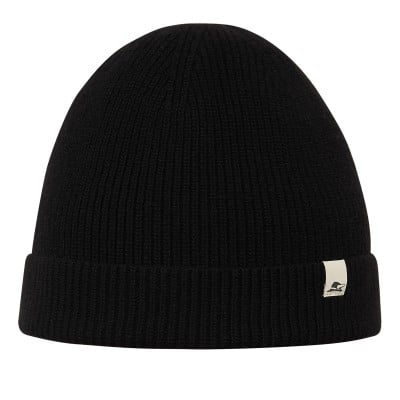
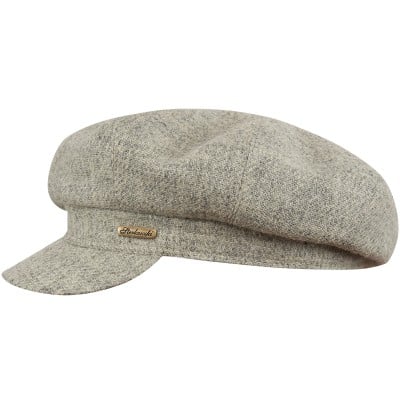
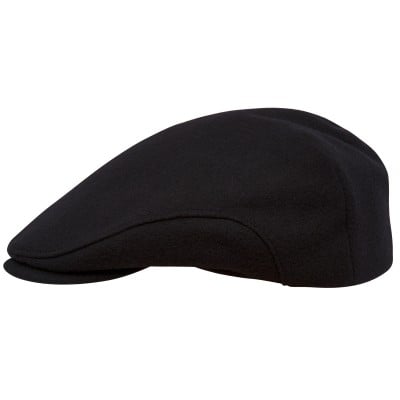
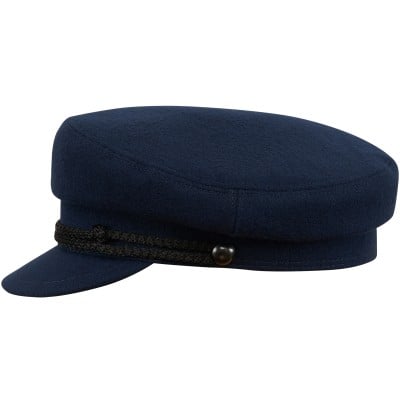
Leave a Comment